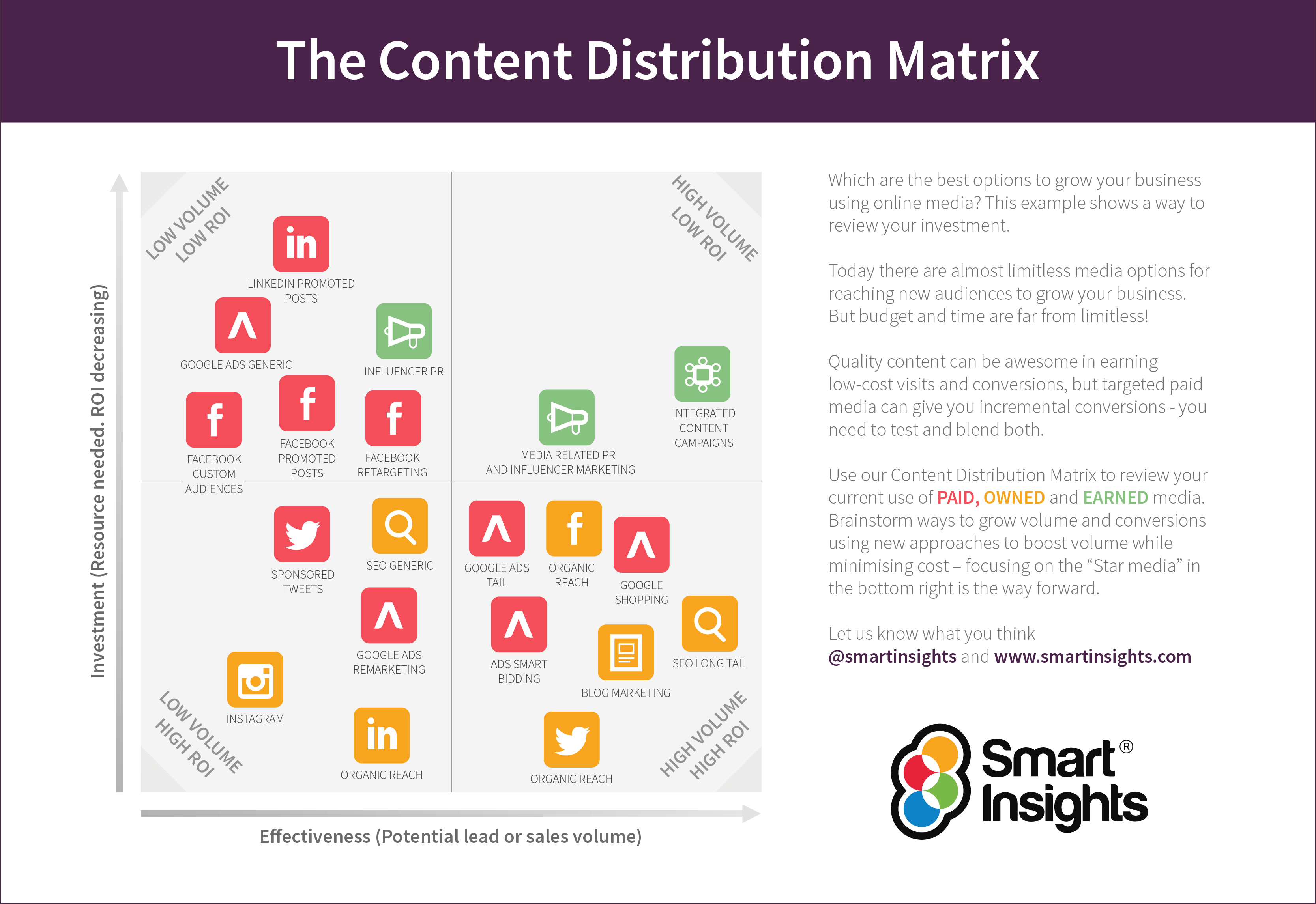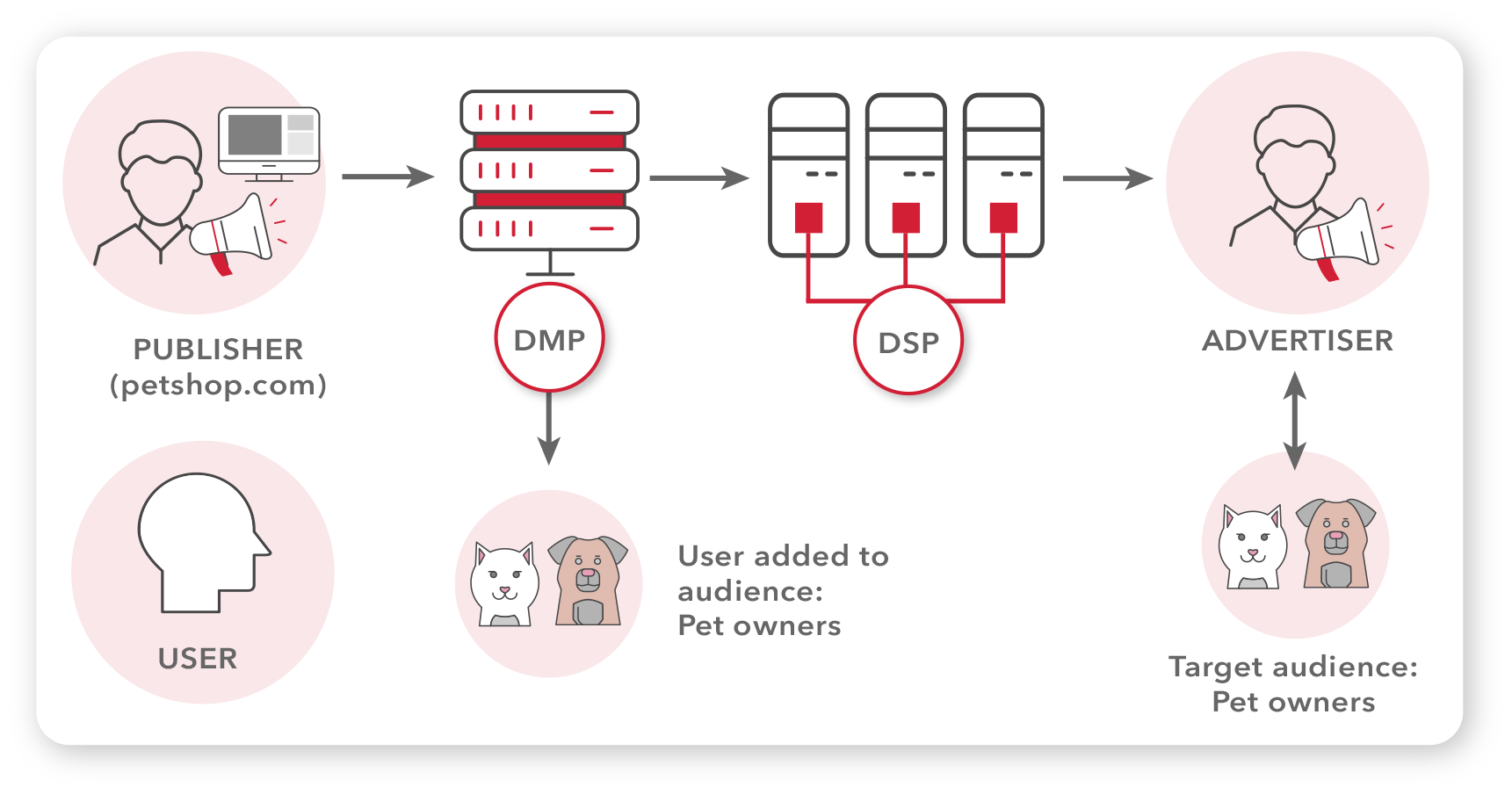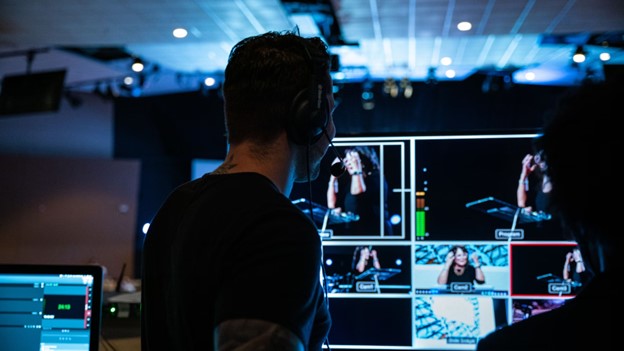13 min to read
As we all know, public figures and spokespersons are constantly under the scrutiny of the public eye. With the rise of social media and 24-hour news cycles, anything said or done by these individuals can spread like wildfire and have a major impact on their reputation and image. This is where media training comes into play - equipping these high-profile individuals with the necessary skills to navigate through interviews, press conferences, and other forms of public communication effectively. In this blog post, we will dive into why media training is not just beneficial but essential for any public figure or spokesperson looking to maintain a professional and positive image in the eyes of the ever-watchful public.
CodeDesign is a leading digital marketing agency ranked #1 in Lisbon, Portugal. You could work with us to accelerate your business growth.
Tailoring Messages for Different Audiences
Understanding the characteristics and expectations of different audiences is crucial to effective communication. Whether addressing a crowd of passionate supporters, a room of skeptical reporters, or an online community of diverse individuals, the approach and tone used should vary accordingly. Many people get courses to receive guidance with media training on how to adjust their message for different audiences. Media training helps public figures and spokespersons understand the nuances of communication and how to effectively tailor their message to resonate with various groups.
Navigating Challenging Interviews
Interviews can be a minefield for public figures and spokespeople. Often, they are asked difficult questions or put in uncomfortable situations, with their responses being broadcast to potentially millions of viewers. Media training provides the necessary tools to navigate these challenging interviews. It prepares individuals to handle tough questions, maintain composure, and articulate their thoughts clearly and succinctly. Techniques such as bridging - transitioning from a negative to a positive topic - or flagging - highlighting key points - are commonly taught. These strategies allow public figures to steer conversations in their favor and mitigate any potential damage to their image.
Crafting Clear and Consistent Messages
Clarity and consistency are paramount, media training guides public figures and spokespeople in crafting clear, concise, and consistent messages that resonate with their audiences. This involves honing in on key talking points, minimizing jargon, and ensuring that the underlying message remains consistent across various platforms and contexts.
Inconsistent messaging can erode trust and confuse audiences, while clear and consistent communication helps establish credibility and trustworthiness. Through media training, individuals learn to align their thoughts, words, and actions to present a coherent and consistent image. This skill is particularly valuable in crises, where clear, consistent messaging can help mitigate damage and manage public perception.
Crisis Communication
Crises are inevitable, and when they strike, they can severely tarnish the reputation of public figures or organizations. Media training equips individuals with the necessary skills to manage crisis communication effectively. This involves understanding how to deliver timely, honest, and transparent responses that resonate with the public. Acknowledging the situation, taking responsibility where necessary, and outlining clear steps towards resolution are crucial aspects of effective crisis communication.
Media training also emphasizes the importance of being proactive rather than reactive in a crisis, highlighting the need to communicate early and set the narrative before it's shaped by others. In such volatile situations, the ability to remain calm, composed, and consistent in communication not only manages current crises but also aids in preventing future potential crises. Through media training, public figures and spokespersons can learn to transform crises into opportunities to demonstrate responsibility, accountability, and leadership.
Building Confidence in Front of the Camera and Microphone
For many public figures and spokespersons, the camera and microphone can initially feel like daunting adversaries. However, with adequate media training, they can be transformed into powerful allies. The art of effective on-camera communication involves much more than just the words spoken. Non-verbal cues such as body language, facial expressions, and tone of voice also play critical roles in conveying the intended message. Media training focuses on building confidence in these areas, helping individuals present themselves authentically and effectively in front of the camera and microphone.
Participants are trained to maintain steady eye contact, use natural gestures, and modulate their voice to enhance their message. This confidence translates into an increased ability to connect with audiences, ensuring that the message is not just heard, but is also understood and remembered. Furthermore, repeated practice in a controlled environment, as offered in media training sessions, can significantly reduce camera or microphone-related anxiety, ensuring the individual is both poised and prepared when it’s time to step into the spotlight.
In conclusion, media training is an essential tool for any public figure or spokesperson looking to effectively communicate with their audiences. It provides the necessary skills to tailor messages for different audiences, navigate challenging interviews, craft clear and consistent messages, manage crises, and build confidence in front of the camera and microphone. In today's ever-evolving media landscape, these skills are invaluable in maintaining a positive image and managing public perception.

How to Amplify Your Reach Using Digital Strategies
Amplifying public figures and spokespersons in the digital media landscape requires a multi-approach, combining strategic content dissemination, targeted advertising, and analytics. Given the competitive nature of digital spaces, a well-structured campaign can significantly elevate the visibility and influence of these individuals.
Strategic Content Distribution and Personal Branding: The foundation of amplifying a public figure starts with content that resonates with the target audience. This involves creating and distributing high-quality, engaging content across various platforms, including social media, blogs, podcasts, and video channels. Personal branding is crucial here, as the content should reflect the unique persona and expertise of the individual. For instance, LinkedIn can be leveraged for thought leadership articles, while Instagram and TikTok are ideal for more visual and personal storytelling.
Targeted Advertising and Programmatic Media: To ensure that the content reaches the right audience, targeted advertising plays a vital role. Using programmatic media buying, ads can be placed in real-time across a range of digital platforms, targeting users based on demographics, interests, and online behavior. This approach ensures that the public figure's message reaches a relevant and engaged audience. For example, a campaign for a tech spokesperson might focus on advertising on technology news websites and forums.
Data Management Platforms (DMPs) and Audience Insights: Utilizing a DMP can greatly enhance the effectiveness of these campaigns. By aggregating and analyzing data from various sources, a DMP provides deep insights into audience preferences and behaviors. This information can be used to tailor content, refine targeting strategies, and measure campaign performance.
Advanced Analytics and KPI Tracking: Continuous monitoring and analysis of campaign performance are essential. Advanced analytics tools can track key performance indicators (KPIs) like engagement rates, website traffic, and conversion rates. This data helps in making informed decisions to optimize the campaign continually.
Incorporating AI in Digital Marketing for Public Figures: AI technology is rapidly transforming digital marketing strategies for public figures. AI can analyze vast amounts of data to identify emerging trends, predict audience behaviors, and personalize content at scale. AI-driven chatbots and virtual assistants can also be employed to engage with the audience in real-time, providing a more interactive and personalized experience.

How do we use Strategic Content Distribution and Personal Branding after a podcast?
Some of the clients we manage integrate their public exposure along with their product promotion or services, using Podcasts to promote their services. After the podcast is release we amplify that content with a pre-thought-out content distribution to maximize the reach and impact of their appearance. Here's how we approach this at Codedesign.
Content Repurposing
- Do a Transcription and Blogging: First, we transcribe the podcast and turn it into a comprehensive blog post. This caters to those who prefer reading over listening and improves your SEO rankings. There are awesome AI tools to do this. So if you need info let me know
- Create Video Snippets: If the podcast was recorded on video, extract engaging snippets and use them for social media posts. These snippets can highlight key moments or insightful quotes.
- Produce Infographics and Quote Cards: Create infographics or quote cards based on the most impactful statements or data discussed in the podcast. These are highly shareable and visually engaging for platforms like Instagram, LinkedIn, and Twitter.
Multi-Platform Distribution
- Social Media Sharing: Always share the podcast, blog post, video snippets, and infographics across all relevant social media. Tailor the message for each platform. For instance, LinkedIn is ideal for more professional insights, while Instagram and Facebook can be more casual and visual.
- Email Newsletters: Include a section about the podcast in your next email newsletter. Provide a direct link to the podcast and the blog post, encouraging your email subscribers to listen and read.
Engaging with Your Audience
- Social Media Interaction: Actively engage with users who comment on or share your podcast-related posts. This can increase the post's visibility and foster a stronger connection with your audience.
Collaborate with the Podcast Host
- Cross-Promotion: Work with the podcast host for cross-promotion. They can share your blog post or infographics while you promote the podcast episode on your channels.
- Backlinking: Request the host to include a backlink to your blog or website in the podcast description, enhancing your website’s SEO.
Paid Advertising
- Targeted Ads: Consider running targeted ads on social media to promote the podcast episode. Use demographic and interest-based targeting to reach potential listeners who are likely to be interested in your content.
Monitoring and Analytics
- Track Engagement: Use Google analytics to monitor the engagement and reach of your posts. Pay attention to metrics like shares, comments, and website traffic from social media. This is the difference between reach levels for sure.
AI Integration for Enhanced Strategy
- Content Optimization: AI tools can analyze audience engagement and suggest optimal times for posting and types of content that resonate most with your audience.
- Predictive Analytics: Use AI to predict trends and topics that are likely to interest your audience, guiding future podcast topics or follow-up content.
In implementing these strategies, you're not just amplifying the reach of your podcast appearance but also strengthening your personal brand and establishing yourself as a thought leader in your field.

Can we use Target Programmatic to expand reach after a podcast?
Absolutely yes! Here is how we usually approach this. After recording a podcast, utilizing targeted advertising and programmatic media can significantly enhance the visibility and impact of your participation. Here's a strategic approach with specific examples:
Create Audience Segments
- Demographic Targeting: Identify the primary demographics of your podcast's listeners. For example, if the podcast is about digital marketing, target professionals aged 25-45, working in marketing or related fields.
- Interest-Based Targeting: Focus on users with interests aligned with the podcast's content. Using the digital marketing podcast example, target users interested in SEO, social media marketing, and other related topics.
Develop Creative Assets
- Ad Variations: Create multiple ad formats (e.g., banners, video ads, native ads) highlighting different aspects of the podcast episode. For instance, one ad could focus on a key insight shared, while another could tease a compelling discussion point.
- Call-to-Action (CTA): Ensure each ad has a clear CTA, such as “Listen Now” or “Discover Marketing Insights.”
Programmatic Ad Campaigns
- Real-Time Bidding (RTB): Use RTB platforms to place ads across a wide array of websites and apps frequented by your target audience. For instance, bid for ad space on marketing blogs, forums, and news sites.
- Retargeting Campaigns: Implement retargeting to reach users who have interacted with your website or previous ads but haven't listened to the podcast episode yet.
Collaborate with Podcast Host
- Cross-Promotion: The same way as above, in terms of content, so programmatic is important to cooperate with the host. Coordinate with the podcast host to run joint advertising campaigns. This collaboration can broaden the reach, tapping into the host's audience as well.
Measurement and Optimization
- Analytics: Regularly monitor the performance of your ads in terms of listener conversions, CTR (Click-Through Rate), and engagement.
- A/B Testing: Test different ad creatives and targeting parameters to identify the most effective combinations.

Advanced Programmatic / DMP Integration
Leveraging Data Management Platforms (DMPs) and Audience Insights effectively after participating in a podcast can significantly enhance your post-podcast marketing strategies. Here’s how you can do it:
Integrate DMP for Audience Analysis
- Audience Segmentation: Use the DMP to segment your audience based on demographics, interests, and behaviors. For instance, if your podcast is about advanced digital marketing, segment listeners into categories such as digital marketing professionals, business owners interested in digital strategies, and technology enthusiasts.
- Cross-Device Targeting: Utilize the DMP to understand the devices your audience uses most frequently – smartphones, tablets, or desktops. This information is crucial for optimizing the format and delivery of your follow-up marketing efforts.
Enhance Personalized Marketing
- Tailored Content Creation: Based on the insights gathered, create content tailored to the interests and needs of each segment. For example, prepare detailed guides for professionals, while offering introductory content for business owners new to digital marketing.
- Dynamic Ad Serving: Use the DMP to dynamically serve ads that resonate with each audience segment. A segment interested in SEO might see ads for your SEO services, while a segment interested in social media marketing might see ads for your social media workshops.
Retarget Strategies
- Retargeting Podcast Listeners: Implement retargeting campaigns aimed at users who visited your website or engaged with your content post-podcast. This can include prompting them to subscribe to your newsletter or offering a downloadable resource related to the podcast topic.
Create Lookalike Audiences
- Expanding Reach: Use DMP data to identify 'lookalike' audiences – people who share characteristics with your current audience but haven’t interacted with your brand yet. By targeting these groups, you can expand your reach to new potential listeners and clients.
By effectively using DMPs and audience insights, you can ensure that your marketing efforts post-podcast are highly targeted, personalized, and more likely to resonate with your audience, thereby enhancing engagement and conversion.
Amplifying a public figure's presence following a podcast appearance entails a comprehensive digital marketing approach. This involves repurposing the podcast content across various platforms, leveraging targeted advertising and programmatic media to reach specific audience segments, and utilizing Data Management Platforms for deeper audience insights. These strategies are enhanced by AI, offering predictive analytics and content optimization. Codedesign can provide expertise in each of these areas, ensuring the digital presence is effectively amplified and resonates with the intended audience.
If you want to know more about our podcast reach program contact our digital marketing agency.
FAQS - Frequently Asked Questions
What is media training and why is it important for public figures and spokespersons?
Media training is an essential process designed to equip public figures, spokespersons, and anyone likely to interact with the press or public through media with the skills to communicate effectively, manage their message, and handle themselves confidently in interviews and public appearances. It's important because it ensures that individuals can clearly articulate their messages, stay on topic, and positively represent their organization or personal brand under the scrutiny of the media. For instance, at Codedesign, we emphasize the importance of media training for our clients to ensure they can effectively communicate their value proposition and maintain a positive image in the digital ecosystem, a realm where impressions are formed rapidly and reputations can be built or broken in moments.
How does media training help in crafting messages for different audiences?
Media training aids in the strategic crafting of messages tailored to diverse audiences by teaching the principles of audience segmentation and message adaptation. It involves understanding the unique perspectives, needs, and interests of different audience segments, and how to modify the messaging to resonate with them effectively. This approach ensures that communications are impactful and meaningful, enhancing engagement and understanding. For example, a key strategy we deploy at Codedesign involves analyzing audience data to craft messages that not only align with the brand's objectives but also appeal to the audience's specific interests and needs, thereby maximizing the effectiveness of our digital marketing strategies.
What strategies are taught in media training to handle challenging interviews?
In media training, several strategies are taught to handle challenging interviews, including staying calm under pressure, using bridging techniques to steer the conversation back to key messages, and employing blocking tactics to diplomatically avoid answering uncomfortable questions. Additionally, training often covers the importance of anticipating difficult questions and preparing thoughtful, coherent responses in advance. These strategies are critical in maintaining control of the narrative and ensuring that the individual or organization is represented in the best possible light, even in adversarial situations.
How can media training improve clarity and consistency in messaging?
Media training significantly enhances clarity and consistency in messaging by instilling the discipline of focusing on core messages and repeating them using varied language to suit different contexts and audiences. This repetition ensures that the message is clearly understood and remembered. Trainees learn to distill complex ideas into concise, easily digestible statements, avoiding jargon and ambiguity, which can lead to misinterpretation. By reinforcing these principles, individuals can more effectively communicate the essence of their message across various platforms and interviews, contributing to a coherent and consistent brand or personal narrative.
In what ways does media training prepare individuals for crisis communication?
Media training prepares individuals for crisis communication by equipping them with the skills to respond swiftly, confidently, and appropriately during a crisis. It teaches how to convey empathy, take accountability if necessary, and communicate what actions are being taken to resolve the issue. Importantly, it also includes training on staying composed under pressure and delivering messages that can help mitigate the crisis's impact. This preparation is invaluable in maintaining trust and credibility with the public and stakeholders during challenging times.
Can media training actually build confidence for on-camera and microphone appearances?
Absolutely, media training can significantly build confidence for on-camera and microphone appearances. It does so by providing individuals with the opportunity to practice in simulated interview scenarios, receive constructive feedback, and refine their delivery and body language. Understanding how to effectively articulate messages and handle unexpected questions reduces anxiety and builds self-assurance. Confidence is further enhanced by mastering the technical aspects of media appearances, such as proper microphone use and understanding camera angles, which are often covered in comprehensive media training programs.
How does media training contribute to effective crisis management and communication?
Media training is a cornerstone of effective crisis management and communication. It prepares individuals to communicate with clarity, control, and compassion during crises. By establishing protocols for quick and accurate information dissemination, media training ensures that spokespeople can effectively address concerns, mitigate misinformation, and maintain public confidence. The skills learned through media training enable individuals to navigate the complexities of crisis communication, making it easier to manage public perceptions and uphold the organization's reputation during difficult times.
Are there specific techniques in media training for steering conversations positively?
Yes, media training includes specific techniques for positively steering conversations. These techniques include the use of positive language, focusing on solutions rather than problems, and employing storytelling to engage and persuade the audience. Additionally, trainees learn to recognize and redirect negative lines of questioning using bridging phrases like "What's important to remember is…" or "Let's not forget that…", which allows them to shift the focus to their key messages. These skills are crucial for maintaining a positive and constructive dialogue, even when faced with challenging questions or skepticism.
How often should public figures and spokespersons undergo media training?
Public figures and spokespersons should undergo media training regularly, with the frequency depending on their level of media exposure and the rapidly changing media landscape. At a minimum, annual refreshers are advisable to keep skills sharp and to update on new media trends and technologies. However, for individuals with high media exposure or in dynamic industries, more frequent sessions might be necessary to adapt to new communication challenges and opportunities. Additionally, undergoing training before major events, product launches, or in the wake of significant changes within an organization can be particularly beneficial.
What are the key components of an effective media training program?
An effective media training program is comprehensive and tailored to the unique needs of the individual or organization. Key components include understanding the media landscape, mastering message development and delivery, learning to handle challenging questions and interviews, body language and voice control, on-camera and microphone techniques, crisis communication strategies, and social media engagement. Additionally, practical exercises such as mock interviews and real-time feedback are crucial for honing these skills. A focus on ethical communication and transparency is also essential, ensuring that messages not only achieve their intended impact but also build trust and credibility with the audience.





Add comment ×